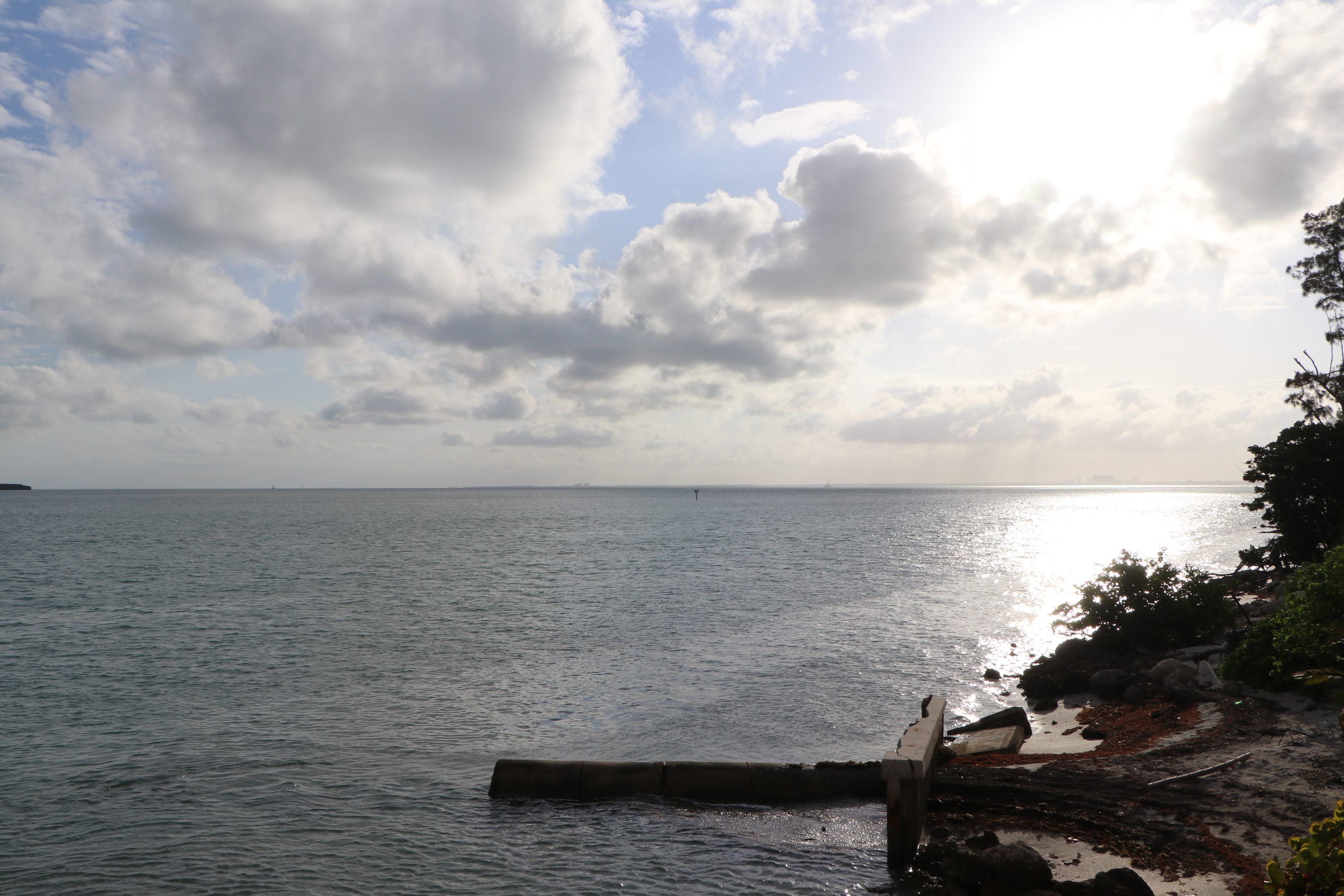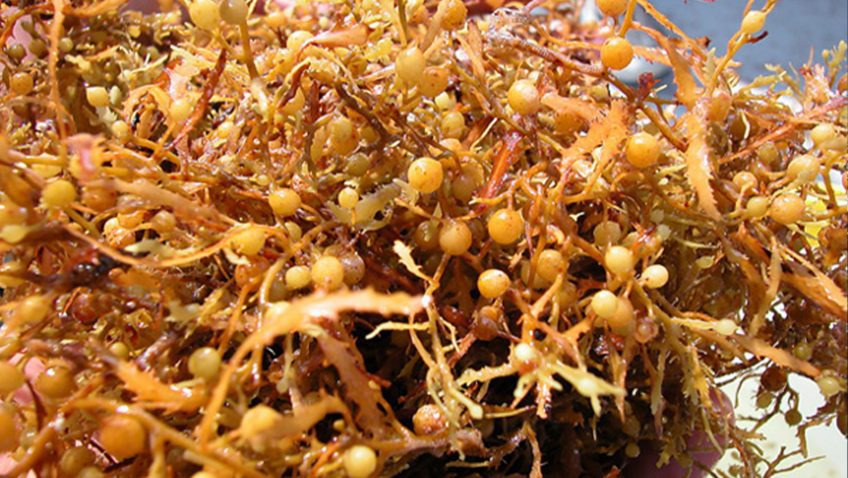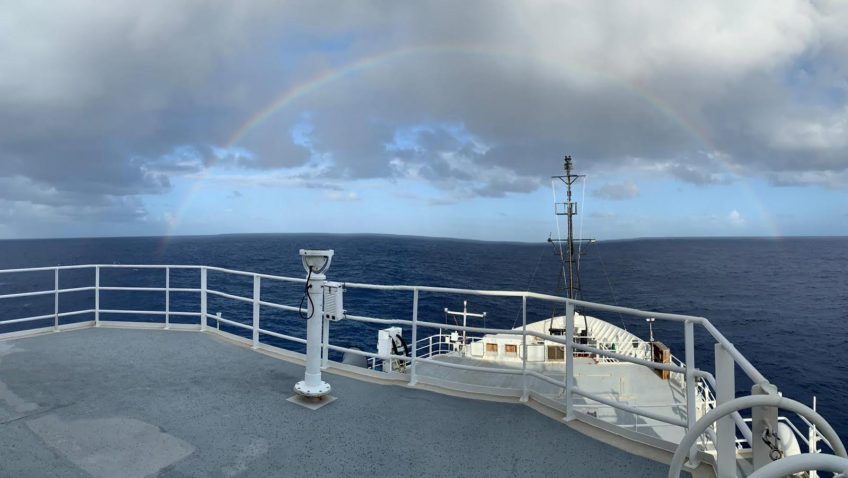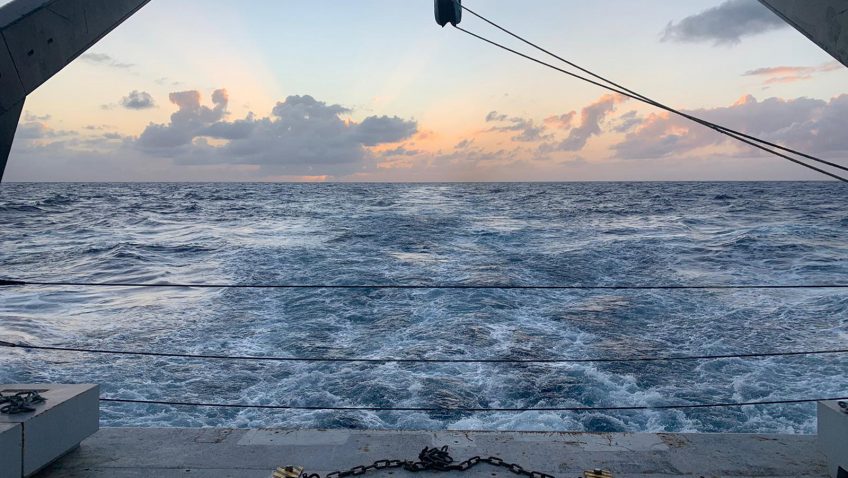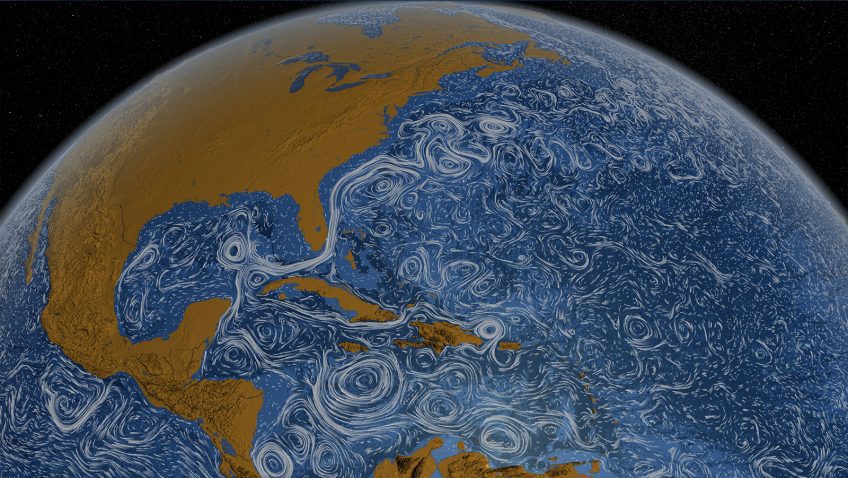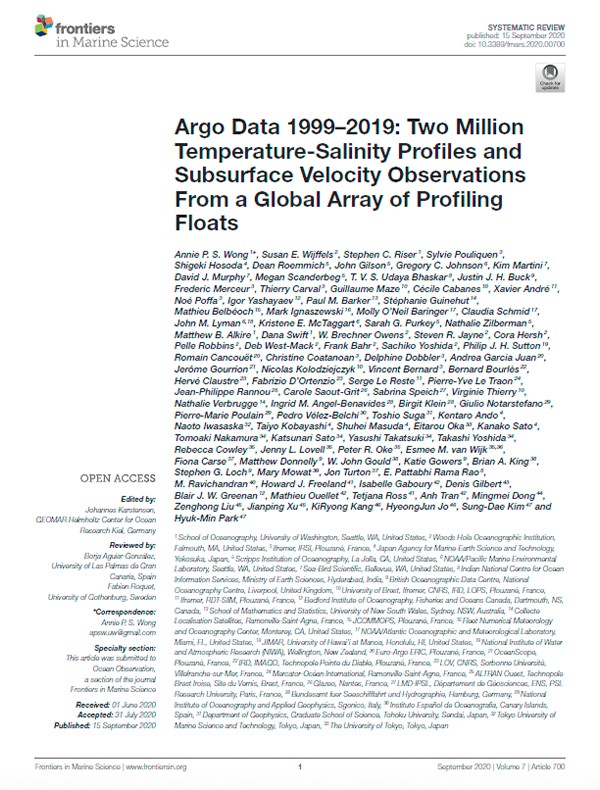AOML is going virtual and you’re invited!
AOML will be celebrating Earth Day this year with a week-long series of webinars on April 19th-23rd, 2021 from 6:00 p.m-7:00 p.m. AOML’s Virtual Open House will feature NOAA scientists talking about everything from hurricane research to oceanography to coral ecosystems to the new technologies being used to improve our understanding of the world around us. Participants will also get the chance to learn more about what it’s like to be a scientist working with NOAA in the Ask AOML Q&A.


